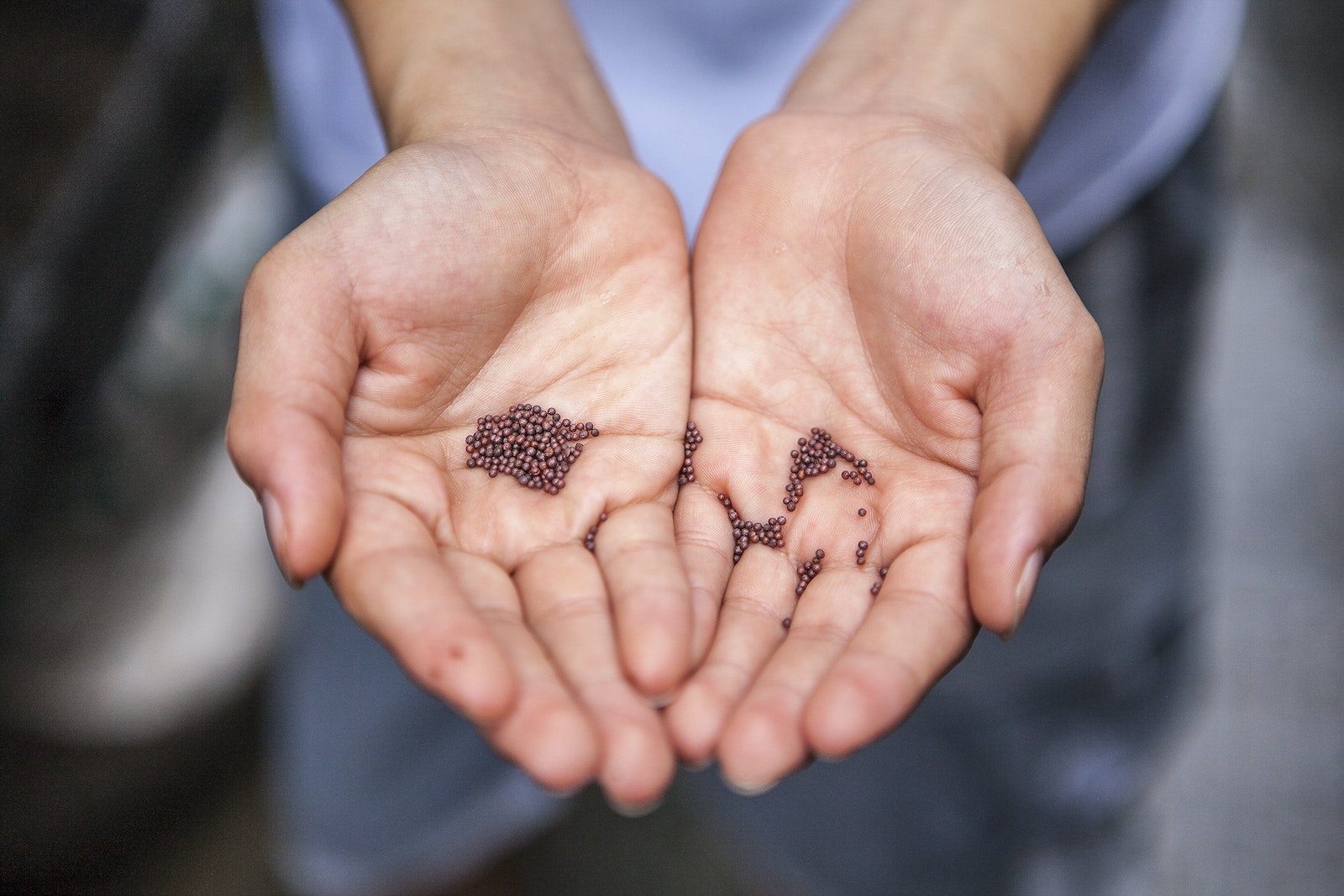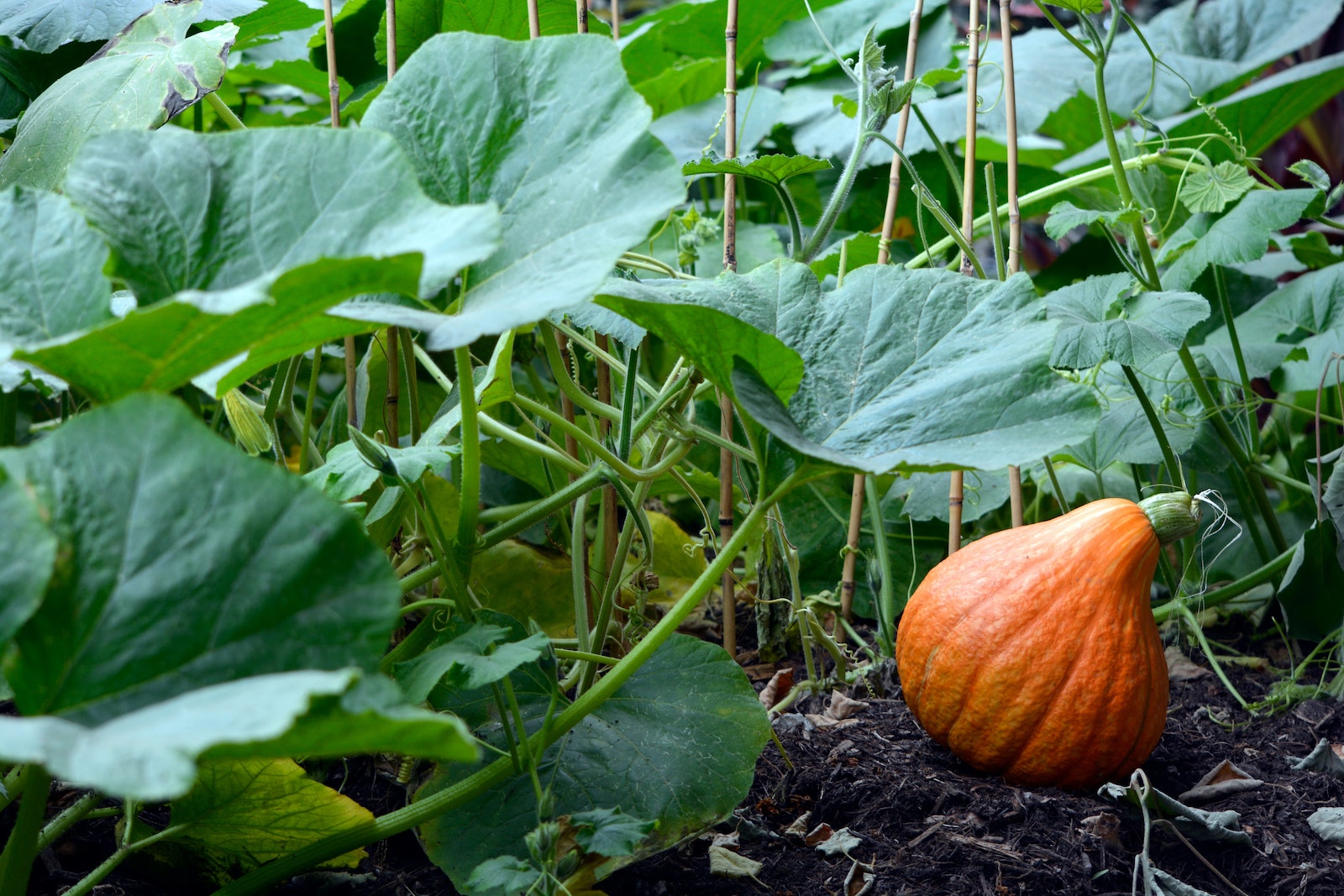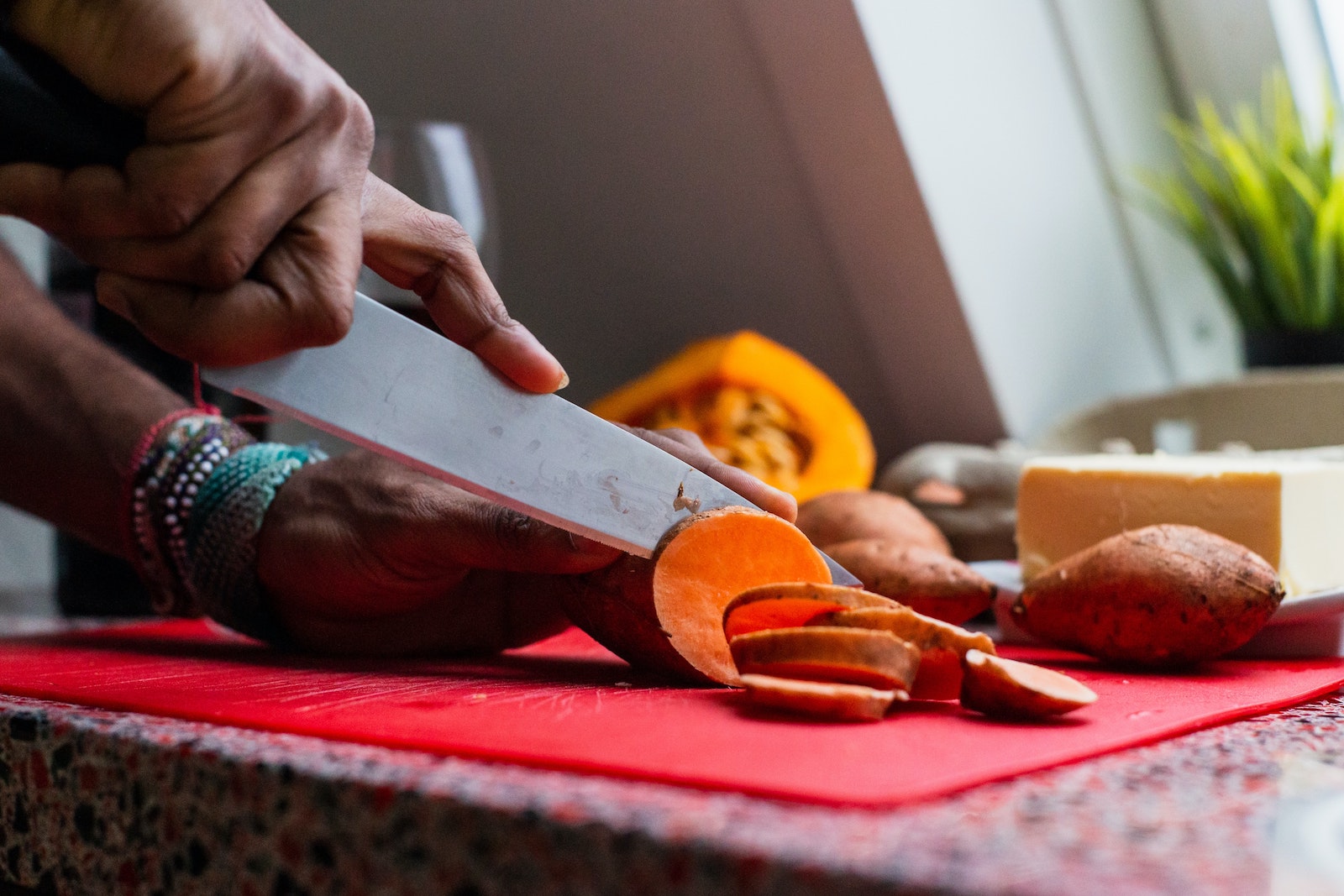Colonialism in the USA wreaked havoc on indigenous traditions and cultures around food production and preparation. For many tribes, bison were the foundation of society. But bison were massacred by settlers almost to the point of extinction, for sport, skins, and to wage war against Native Americans by destroying their main food source. As indigenous people were displaced from their land, they lost their ability to cultivate and gather traditional foods.
Forced cultural assimilation through boarding schools halted the transfer of knowledge. And a broader shift toward industrial farming, characterized by the use of mechanization, chemicals, and genetically modified seeds has led to the loss of crop varieties and pollution of land and water. But through food sovereignty efforts across the nation, indigenous people are bringing back traditional ways of doing things.

Regenerative agriculture
Native farming methods were far more sustainable than the chemical-heavy approaches used in industrial agriculture. In fact, many regenerative agriculture techniques, like crop rotation, agroforestry, and managed grazing were used for centuries by indigenous peoples of the Americas to care for the earth while cultivating food.
Seed and food sovereignty
When you’re buying your seeds this year, purchase open pollinated seed from places like the Alliance of Native Seedkeepers. This keeps heritage seed varieties alive and strengthens biodiversity. As you go, learn more about seed saving, and how it supports food sovereignty. You can also take part in or start a seed exchange or library.

The three sisters
Companion planting is a great way to manage pests and support your crops to grow to their best without the use of chemical fertilizer. One way you can put this into practice is to plant a traditional three sisters garden, using corn, beans, and squash to support one another in their growing. Corn is a heavy feeder that removes nitrogen from the soil. Beans, meanwhile, “fix” nitrogen, replenishing it in the ground. In turn, the beans are able to grow up the cornstalks using them as a trellis. Meanwhile, squash grows happily in the shade, working as a natural mulch for moisture retention and weed control.
Agroforestry
Another great native approach is using agroforestry approaches to make your landscaping both beautiful and edible. To understand agroforestry, we have to think beyond the modern turf grass lawn and dedicated flower beds and vegetable gardens. Native Americans used a variety of trees, shrubs, and other plants to manage entire ecosystems that provided them with food, fuel, building materials, and more. So when you’re looking around your yard, think of ways that you can build a food forest and how the plants provide food or shelter for wildlife, especially those beneficial to your garden, like birds who will eat up those nasty cabbage worms.

Native traditions in the kitchen
Another great way to learn about and honor indigenous traditions is to use foods native to your land to prepare traditional meals. Check out these cookbooks to get started, or take a look at @siouxchef on Instagram. If you want to use native ingredients to make local dishes, research the tribes whose land you live on and learn more about how they prepared and ate food.
For example, if you’re on Potawatami land, you could make a three sisters soup using locally sourced elk or venison (or keep it veggie if you prefer). By visiting a native-owned restaurant you can support local food systems and enjoy a tasty meal while you’re doing it.
Giving back
Learn from native traditions by practicing reciprocity in caring for the earth and water. This means recognizing that we aren’t alone on this planet, and that as we take from the earth, we should give back in turn. Practicing responsible, sustainable cultivation of land, and avoiding purchases of food that support production practices that degrade and destroy our natural resources is a great way to practice reciprocity in your day to day.
Finally, educate yourself on the land back movement and work in solidarity with indigenous people fighting climate change and advocating for the planet near you. Some influencers to get you started: Autumn Peltier, Mao Organic, Shina Nova, and Chalchi Farm.
